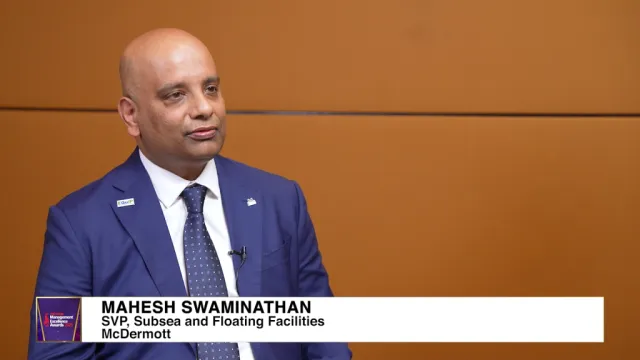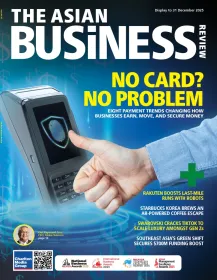
Philippine’s life sector net income jumps 22% in H1 2024
Total assets also increased by 6.86% YoY.
The net income of 31 life insurance companies in the Philippines saw their net income climb 21.62% year-on-year (YoY) to $0.36b (Php19.9b).
Total assets also increased by 6.86% YoY to $34.2b (Php1.9t), whilst total liabilities climbed 8.58% YoY to $28.8b (Php1.6t).
The industry’s total premium value reached $3.13b (Php174.1b), up 16.5% YoY. This was led by higher variable life premiums (+16.5% YoY), which accounted for 65% of the total, and traditional life (+19.9% YoY), which was 35.0% of the total.
New business annual premium equivalent bagged $0.60b (Php33.2b), climbing by 12.74% YoY.
($1.00 = Php56.34)



















 Advertise
Advertise








